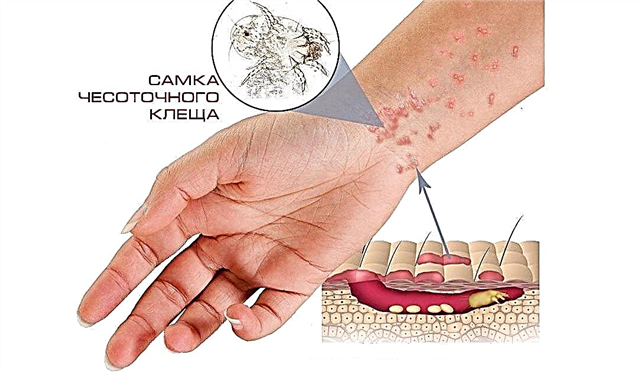
When a newborn is born, his parents will have to learn how to take care of the toddler and closely monitor his health. At first, many of them will have sleepless nights and colic, and a little later it is time for new teeth to appear.
If the baby is naughty, the mother should look into the baby's mouth and look at his gums in anticipation of the first tooth. However, swelling of the gums can be a sign of not only teething of milk teeth, but also some diseases.
What does it look like
By opening the baby's mouth, parents will notice that the baby's gums have slightly increased in size and become more intense red. In some cases, the color of the gums changes, for example, they become cyanotic due to damage to small vessels during teething. Other changes may also appear on swollen gums, such as rounded patches or small bubbles.
Causes
The main and most common cause of gum swelling in infants in the first year of life is the appearance of teeth. Unfortunately, the period of teething of milk teeth is difficult for many children. They suffer from pain, increased salivation and constant itching. In some babies, teeth crawl with fever and other unpleasant symptoms.
Cholisal triple action dental gel can be used to relieve the symptoms of teething.®... When applied topically, the active ingredients of the drug are absorbed through the mucous membrane of the oral cavity, helping to relieve pain and inflammation, as well as acting on viruses, fungi and pathogenic bacteria. The adhesive gel base helps to retain the active substances on the mucous membrane, prolonging their action¹. It should be noted that Cholisal gel® does not contain lidocaine, and can be recommended for patients with lidocaine intolerance. Unlike some other local antiseptic and anti-inflammatory drugs, Cholisal® can be used in both adults and children. It is important to be careful when using in children under one year old and consult a doctor first.
Note that the first signs that a tooth will soon erupt in a crumb may appear two or even four weeks before the moment of its "pecking".
Most toddlers please parents with their first teeth at 5-6 months of age, but depending on the individual characteristics of some of the babies, the first tooth may appear several months earlier, and someone acquires the first incisors only by their first birthday.

Mom may notice swelling of the gums in the baby and in such situations:
- The baby has developed caries. This disease can affect even the first teeth of a toddler, if parents neglect to care for the oral cavity of the baby, lick the nipple or spoon that they give the baby, allow the child to drink sweet tea or compote at night. Bacteria accumulating on the surface of milk teeth destroy enamel, and if the baby is not shown to the dentist at once and the teeth are not treated, the risk of further spread of the infection increases, which sometimes ends with the loss of the tooth.
- The crumb contracted stomatitis. The disease can be provoked by bacteria, viruses, fungi (they most often affect the gums of children under the age of one year) and other reasons. In addition to swelling of the gums, stomatitis in an infant is manifested by the appearance of plaque, rash or spots on the oral mucosa. In crumbs, the general condition can greatly worsen and the temperature often rises.

- The baby has injured his gums with something sharp or hard. As a result of such an injury, the gum mucosa can become inflamed, which will manifest itself as an increase in size, increased bleeding and soreness.
- Your baby lacks vitamin C or other nutrients. This situation can also lead to problems with the gums, making them looser, enlarged and prone to bleeding.

What to do
The actions of parents who find swelling of the gums in a baby will depend on the cause of such changes in the oral cavity. If the baby behaves restlessly, suffers from pain, fever and other adverse symptoms, the child should be shown to a pediatric dentist. The doctor will examine the baby's mouth and determine if the swelling is due to cutting teeth or if it is a disease that needs to be treated.

When teething
To relieve soreness and itching in the gums of a toddler, parents should purchase special toys for the baby, called teethers. Also you can massage the gums with a clean finger, and if the baby is greatly tormented by pain, special drugs with a cooling and anesthetic effect, which are released in the form of a gel.

With caries
If a dentist detects this disease in an infant, it is important to treat it immediately to prevent further destruction of dental tissue. The method of treatment will depend on the stage and severity of the infection. For many children, their teeth are silver or treated with fluoride preparations, and sometimes they have to resort to removing infected tissues and filling them.

With stomatitis
In the treatment of such a disease, they first try to determine its cause, since antiviral drugs are prescribed for herpes stomatitis, antimicrobial agents affect bacterial stomatitis, and for candidal stomatitis, drugs that affect fungi are shown. Also, a baby who has stomatitis needs to treat the oral cavity with antiseptic solutions and anti-inflammatory gels.

You will learn a lot of interesting things about the appearance of the first teeth in children from the program of Dr. Komarovsky.
1. Instructions for the medical use of the medicine Kholisal®
There are contraindications. It is necessary to read the instructions or consult a specialist.



